Dodge Journey: Installation
LEFT-HAND-DRIVE
NOTE: The master cylinder must be bled before installing it on the vehicle.
1. Bench bleed the master cylinder. 2. Wipe the face of the power brake booster clean where the vacuum seal on the rear of the master cylinder comes in contact when it's installed. Do not get any cleaner or debris inside the booster.
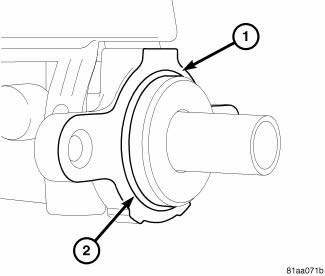
Fig. 104: SEAL ON REAR OF MASTER CYLINDER
CAUTION: When installing a master cylinder on the vehicle, a NEW vacuum O-ring seal (2) MUST be installed on the master cylinder mounting flange (1).
3. If the master cylinder does not have a new vacuum O-ring seal (2) on the mounting flange (1), remove it.
Install a NEW vacuum O-ring seal on the master cylinder mounting flange making sure the O-ring fits evenly against the mounting flange.
CAUTION: If resistance is met during master cylinder insertion into power brake booster, the master cylinder push rod may not be lined up with the booster push rod. Remove the master cylinder, realign and insert it again.
4. Line the master cylinder mounting holes up with the mounting studs on the power brake booster. Ensure the master cylinder piston push rod lines up with the booster push rod, then carefully slide the master cylinder into the power brake booster until it contacts the face of the booster.
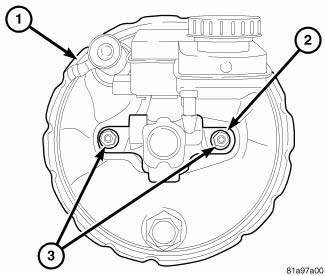
Fig. 105: MASTER CYLINDER MOUNTING NUTS
5. Install two NEW master cylinder mounting nuts (3). Tighten each nut to 25 N.m (18 ft. lbs.).
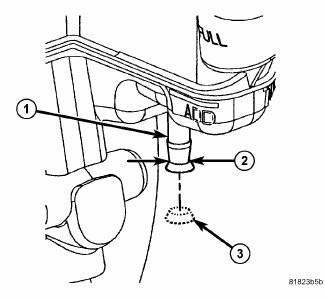
Fig. 106: CUT AND REMOVE CLUTCH PORT PLUG
6. If equipped with a manual transaxle and a new reservoir is being installed, using an appropriate cutting tool, cut the clutch actuator port at the center of the "V" groove (2) opening the hydraulic clutch port (1).
Discard the severed plug (3).
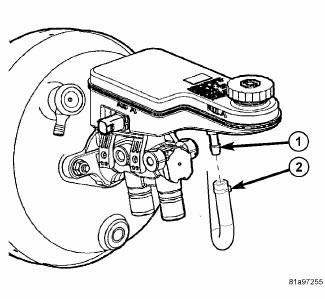
Fig. 107: CLUTCH ACTUATOR HOSE AT MASTER CYLINDER
7. If equipped with a manual transaxle, slide the clutch actuator hose (2) onto the reservoir port (1). Install the hose clamp just past the upset bead on the port.
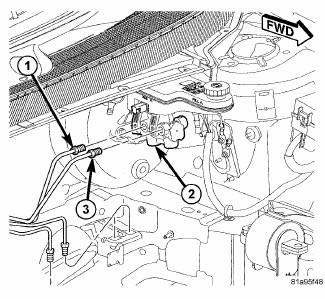
Fig. 108: PRIMARY AND SECONDARY BRAKE TUBES
8. Connect the primary (1) and secondary (3) brake tubes to the master cylinder (2) outlet ports. Tighten the tube nuts to 17 N.m (150 in. lbs.).
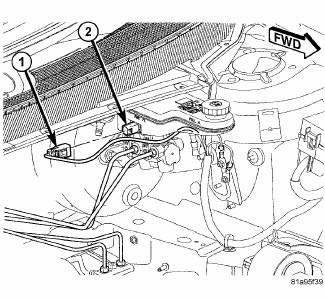
Fig. 109: BRAKE FLUID LEVEL SWITCH CONNECTOR
9. Connect the wiring harness connector (1) to the brake fluid level switch (2).
10. Connect the negative (ground) cable on the battery.
11. Fill the master cylinder reservoir to the proper level.
WARNING: Be certain a firm brake pedal is achieved prior to attempting to operate the vehicle. If a firm brake pedal cannot be achieved, bleed the brake hydraulic system and check for leaks.
12. Road test the vehicle to ensure proper operation of the brakes.
RIGHT-HAND-DRIVE
NOTE: The master cylinder must be bled before installing it on the vehicle.
1. Bench bleed the master cylinder.
2. Wipe the face of the power brake booster clean where the vacuum seal on the rear of the master cylinder comes in contact when it's installed. Do not get any cleaner or debris inside the booster.
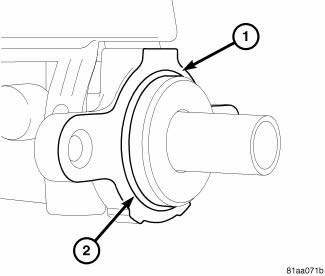
Fig. 110: SEAL ON REAR OF MASTER CYLINDER
CAUTION: When installing a master cylinder on the vehicle, a NEW vacuum O-ring seal (2) MUST be installed on the master cylinder mounting flange (1).
3. If the master cylinder does not have a new vacuum O-ring seal (2) on the mounting flange (1), remove it.
Install a NEW vacuum O-ring seal on the master cylinder mounting flange making sure the O-ring fits evenly against the mounting flange.
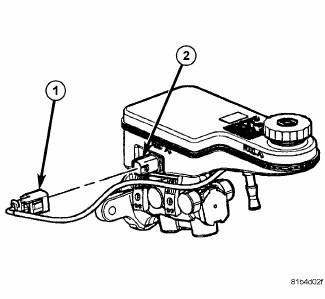
Fig. 111: BRAKE FLUID LEVEL SWITCH CONNECTOR - RHD
4. Line the master cylinder mounting holes up with the mounting studs on the power brake booster, then connect the wiring harness connector (1) to the brake fluid level switch (2).
CAUTION: If resistance is met during master cylinder insertion into power brake booster, the master cylinder push rod may not be lined up with the booster push rod. Remove the master cylinder, realign and insert it again.
5. Ensure the master cylinder piston push rod lines up with the booster push rod, then carefully slide the master cylinder into the power brake booster until it contacts the face of the booster.
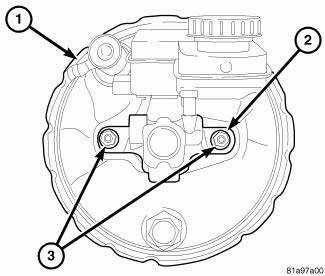
Fig. 112: MASTER CYLINDER MOUNTING NUTS
6. Install two NEW master cylinder mounting nuts (3). Tighten each nut to 25 N.m (18 ft. lbs.).
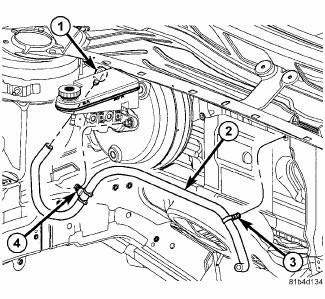
Fig. 113: VACUUM HOSE AT BOOSTER - RHD
7. Install the booster vacuum hose routing clip (4) onto the master cylinder mounting stud.
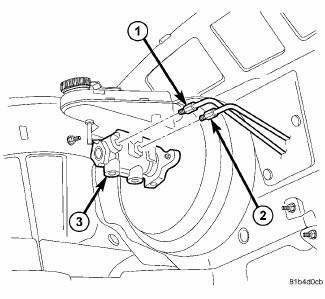
Fig. 114: PRIMARY AND SECONDARY BRAKE TUBES - RHD
8. Connect the primary (2) and secondary (1) brake tubes to the master cylinder outlet ports. Tighten the tube nuts to 17 N.m (150 in. lbs.).
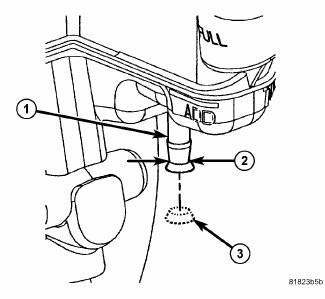
Fig. 115: CUT AND REMOVE CLUTCH PORT PLUG
9. If equipped with a manual transaxle and a new reservoir is being installed, using an appropriate cutting tool, cut the clutch actuator port at the center of the "V" groove (2) opening the hydraulic clutch port (1).
Discard the severed plug (3).
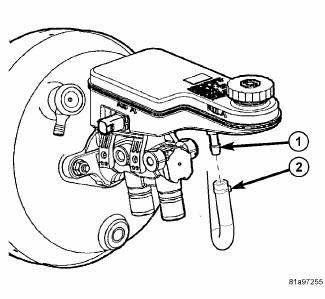
Fig. 116: CLUTCH ACTUATOR HOSE AT MASTER CYLINDER
10. If equipped with a manual transaxle, slide the clutch actuator hose (2) onto the reservoir port (1). Install the hose clamp just past the upset bead on the port.
11. Install the engine appearance cover.
12. Connect the negative (ground) cable on the battery.
13. Fill the master cylinder reservoir to the proper level.
WARNING: Be certain a firm brake pedal is achieved prior to attempting to operate the vehicle. If a firm brake pedal cannot be achieved, bleed the brake hydraulic system and check for leaks.
14. Road test the vehicle to ensure proper operation of the brakes.
 Disassembly, Assembly
Disassembly, Assembly
DISASSEMBLY
NOTE: If the reservoir is being replaced, the new reservoir will come
with a brake fluid
level switch installed. The old fluid switch does not need to be transferred
from
the ...
See also:
Crossmember, rear suspension
REMOVAL
1. Raise and support the vehicle.
Fig. 52: Tire And Wheel Mounting
2. On each side of the vehicle, remove the wheel mounting nuts (3), then the
front tire and wheel assembly
(1).
Fi ...
A/C Performance
The A/C system is designed to provide the passenger compartment with low
temperature and low humidity air.
The A/C evaporator, located in the HVAC housing is cooled to temperatures near
the fre ...
Adjustments
ADJUSTMENT
The right and left support assemblies are slotted to allow for right/left
drive train adjustment in relation to drive
shaft assembly length.
Check and reposition right and left engin ...

